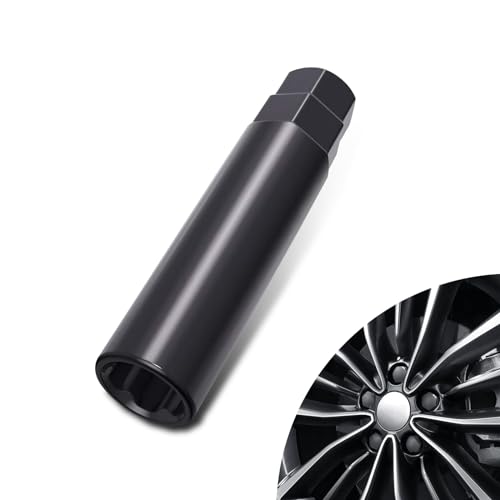I ran across a number of listings for Spark EVs being sold by a dealership in Quebec:
http://www.autotrader.ca/cars/chevrolet/spark/2014/qc/rawdon/
I understood that Spark EVs were only sold to fleets in Canada so I've never really researched them. I live in rural New Brunswick and the drive into town is about 100km/60miles so I've been reluctant to purchase a Leaf as I'm not sure whether I could count on it to get me to town and back in the middle of winter, especially after a few years. We don't have any federal or provincial incentives in New Brunswick so it's a fairly expensive purchase to not be confident it will work for me. And I drive too many miles for a lease to be economical. And I don't think the dealerships here actually sell the leaf, probably because without incentives there won't be enough sales to justify offering servicing. Although I did see one used Leaf listed once (at about $40,000 vs $27,500 for the Spark).
In one of the threads Tony Williams indicated that a Spark had a range of about 98miles at 62mi/100km per hour, compared to 84mi for the Leaf. Since I do 95% of my driving at that speed it is very useful information, thanks Tony! That would give a margin of 36mi or about one third for winter mileage reduction. I'm wondering whether anyone has any experience with winter range reduction? If not, can one calculate/estimate the range reduction due to heater use as a starting point? Out of curiosity, anyone have a theory on why the Spark seems to so far outperform its EPA range rating when the Leaf comes in right on?
Thanks for any experience or insight or advice you can offer!
Lindsay
http://www.autotrader.ca/cars/chevrolet/spark/2014/qc/rawdon/
I understood that Spark EVs were only sold to fleets in Canada so I've never really researched them. I live in rural New Brunswick and the drive into town is about 100km/60miles so I've been reluctant to purchase a Leaf as I'm not sure whether I could count on it to get me to town and back in the middle of winter, especially after a few years. We don't have any federal or provincial incentives in New Brunswick so it's a fairly expensive purchase to not be confident it will work for me. And I drive too many miles for a lease to be economical. And I don't think the dealerships here actually sell the leaf, probably because without incentives there won't be enough sales to justify offering servicing. Although I did see one used Leaf listed once (at about $40,000 vs $27,500 for the Spark).
In one of the threads Tony Williams indicated that a Spark had a range of about 98miles at 62mi/100km per hour, compared to 84mi for the Leaf. Since I do 95% of my driving at that speed it is very useful information, thanks Tony! That would give a margin of 36mi or about one third for winter mileage reduction. I'm wondering whether anyone has any experience with winter range reduction? If not, can one calculate/estimate the range reduction due to heater use as a starting point? Out of curiosity, anyone have a theory on why the Spark seems to so far outperform its EPA range rating when the Leaf comes in right on?
Thanks for any experience or insight or advice you can offer!
Lindsay

























